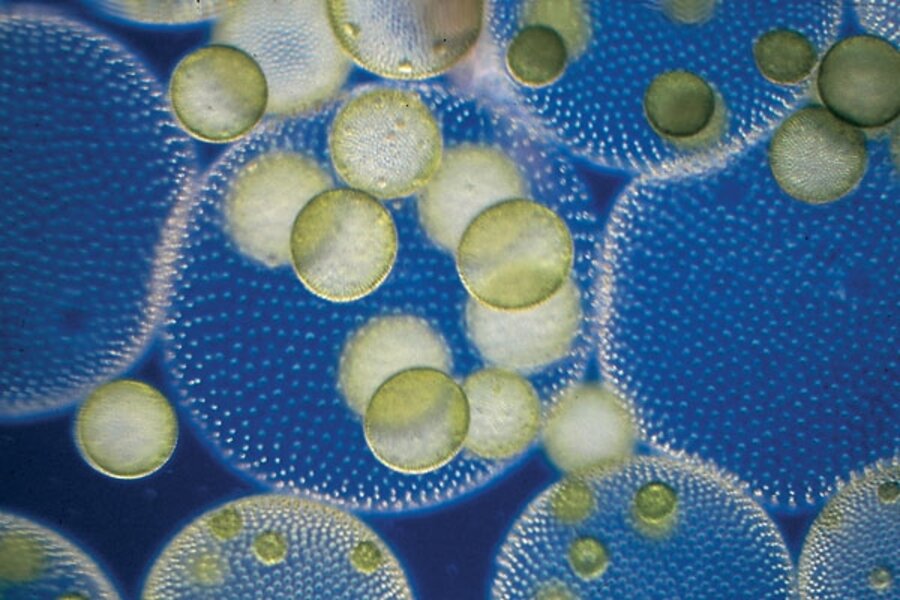Could technology repair Earth’s climate?
Loading...
Q: What are some of the leading proposed technological fixes for staving off global warming, and how feasible are they?
– James Harris, Columbus, Ohio
A: While most of the world fixates on how to reduce the amount of carbon dioxide (CO2) and other greenhouse gases we emit into the atmosphere, scientists and engineers worldwide are working on various geoengineering technologies – many of which are highly theoretical – to mitigate global warming and its effects. Many scientists oppose using new technology to fix problems created by old technology, but others view it as a quick and relatively inexpensive way to help solve our most vexing environmental problem.
One theory for reducing global warming involves deflecting heat away from the Earth’s surface using satellites with movable reflectors or injecting sunlight-deflecting particles high in the atmosphere. Computer models suggest that blocking 8 percent of the sun’s earthbound radiation would effectively counteract the warming effect of our CO2 pollution.
The idea was inspired by the cooling effects of large volcanic eruptions – such as Mt. Pinatubo in the Philippines in 1991 – that blasted sulfate particles into the stratosphere. These particles reflect part of the sun’s radiation back into space, reducing the amount of heat that reaches the atmosphere.
Another technological fix involves sequestration, the storing of CO2 deep underground or deep in the ocean. Some of the nation’s largest utilities, which are also “washing” coal to filter out impurities, are working on ways to capture the CO2 their power plants emit and store it deep underground. The cost of such technology is prohibitive now, but new regulations could soon make it more feasible.
Another leading theory, ocean fertilization, entails scattering iron powder throughout the world’s seas, providing nutrients to boost the amount of phytoplankton that thrive in the water’s upper layers. Through photosynthesis, these plants absorb CO2, which in theory stays with them when they die and fall to the ocean floor. Initial experiments have not lived up to the hype, but more research is underway.
Yet another take on altering the seas for the sake of the climate is engineered weathering.
This process entails replacing some of the oceans’ carbonic acid with hydrochloric acid. This, the theory goes, accelerates the underwater storage of CO2 that is otherwise destined for the atmosphere.
According to Harvard University’s Kurt Zenz House, a PhD candidate in Earth and Planetary Sciences, engineered weathering “dramatically accelerates a cleaning process that nature herself uses for greenhouse gas accumulation.”
While the cost of many of these so-called geoengineering fixes would not necessarily be prohibitive in light of the cost of transforming our global energy economy, the risks of unintended consequences weigh heavily on even the researchers proposing them.
“Personally, as a citizen not a scientist, I don’t like geoengineering because of the high environmental risk,” says Ken Caldeira, a researcher at California’s Carnegie Institution of Washington, to New Scientist magazine. “It’s toying with poorly understood complex systems.” But he also wonders: “Is it better to let the Greenland ice sheet collapse and let the polar bears drown their way to extinction, or to spray some sulphur particles in the stratosphere?”
Got an environmental question? Write: EarthTalk, c/o E – The Environmental Magazine, Box 5098, Westport, CT 06881. Or e-mail: earthtalk@emagazine.com





